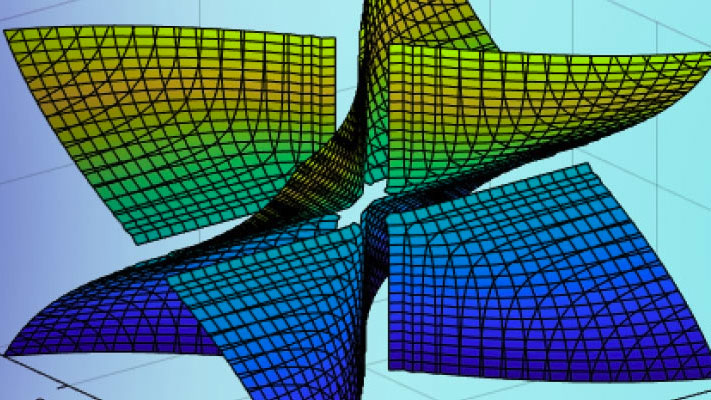Main Content
laplacian
Laplacian of scalar function
Syntax
Description
Examples
Compute Laplacian of Symbolic Expression
Compute the Laplacian of this symbolic expression. By default,laplaciancomputes the Laplacian of an expression with respect to a vector of all variables found in that expression. The order of variables is defined bysymvar.
syms x y t laplacian(1/x^3 + y^2 - log(t))
ans = 1/t^2 + 12/x^5 + 2
Compute Laplacian of Symbolic Function
Create this symbolic function:
syms x y z f(x, y, z) = 1/x + y^2 + z^3;
Compute the Laplacian of this function with respect to the vector[x, y, z]:
L = laplacian(f, [x y z])
L(x, y, z) = 6*z + 2/x^3 + 2
Input Arguments
More About
Tips
If
xis a scalar,laplacian(f, x) = diff(f, 2, x).
Alternatives
The Laplacian of a scalar function or functional expression is the divergence of the gradient of that function or expression:
因此,您可以compute the Laplacian using thedivergenceandgradientfunctions:
symsf(x, y)divergence(gradient(f(x, y)), [x y])
See Also
旋度|diff|divergence|gradient|hessian|jacobian|potential|vectorPotential
Introduced in R2012a

